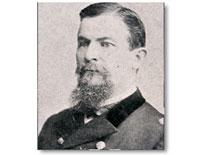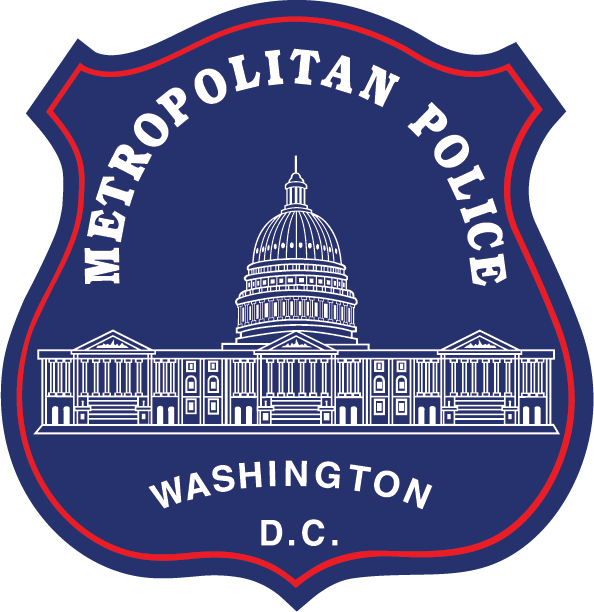
Major and Superintendent (July 1886 - December 1886)
Samuel H. Walker, a native Washingtonian replaced Superintendent Dye in 1886, following a largely politically influenced push to put a well placed native Democrat in charge of the police department.
Mr. Walker was a well educated private citizen who held positions in the government, but made his reputation working in the Circuit Court of the District recording concise land records. He then became a farmer in Prince George’s County where he successfully managed his farm, “Pleasant Prospect” estate. He returned to Washington to assist in the selection for the site of the new Library of Congress and following that success was appointed as the new Major and Superintendent of the Metropolitan Police force.
Superintendent Walker was energetic and held officers to the rules and regulations of the department. He took to the practice of wearing a police uniform, something that his predecessors did not do. He moved to change the appearance of the force by adding canes and white gloves to the day uniform of the patrolmen who worked on major avenues. He also adopted the use of the swivel baton and instituted the issuance of a small-sized revolver to all the patrolmen.
However, he was not to last more than a few months as he became embroiled into a scandal regarding the administrative charges he preferred against a police lieutenant. Superintendent Walker charged Lieutenant Richard Arnold with “Conduct unbecoming an Officer,” and accused the Lieutenant of falsely telling police subordinates that the new Superintendent wanted the police to spy on members of Congress in order to better control them. Following a sensational trial held by the Police Commission Superintendent Walker resigned.
Mr. Walker went on to continue as a prominent citizen of Washington, a strong temperance advocate, and major stock holder in the National Capitol Bank. Among his other pursuits, he supervised the plan and construction of the building that later became police headquarters.
